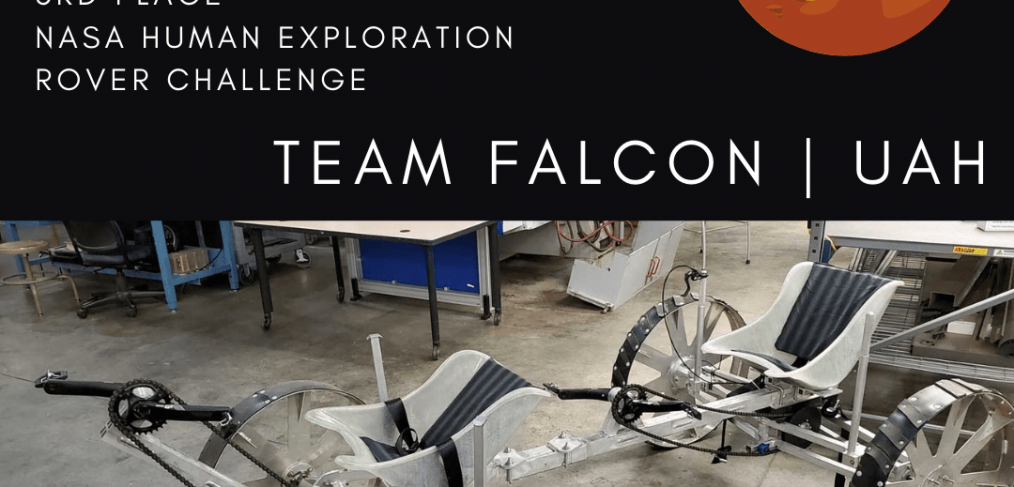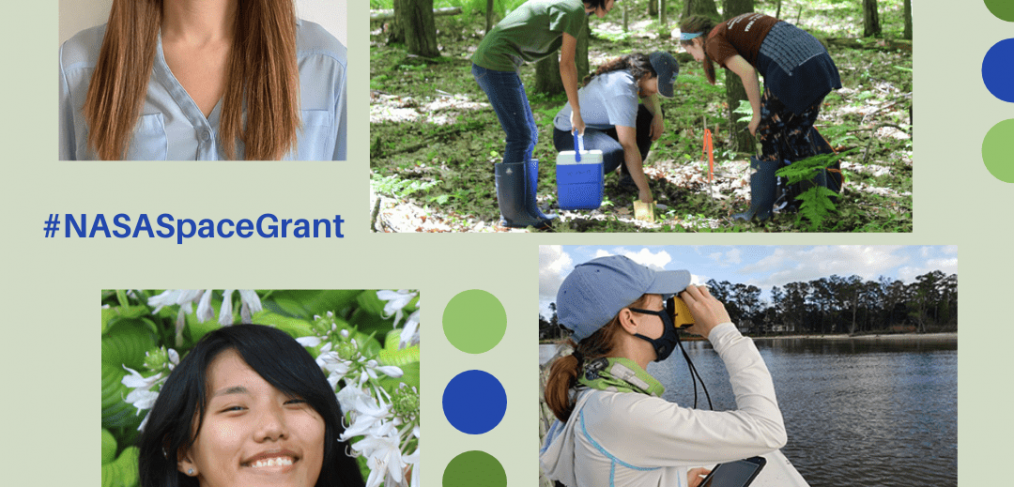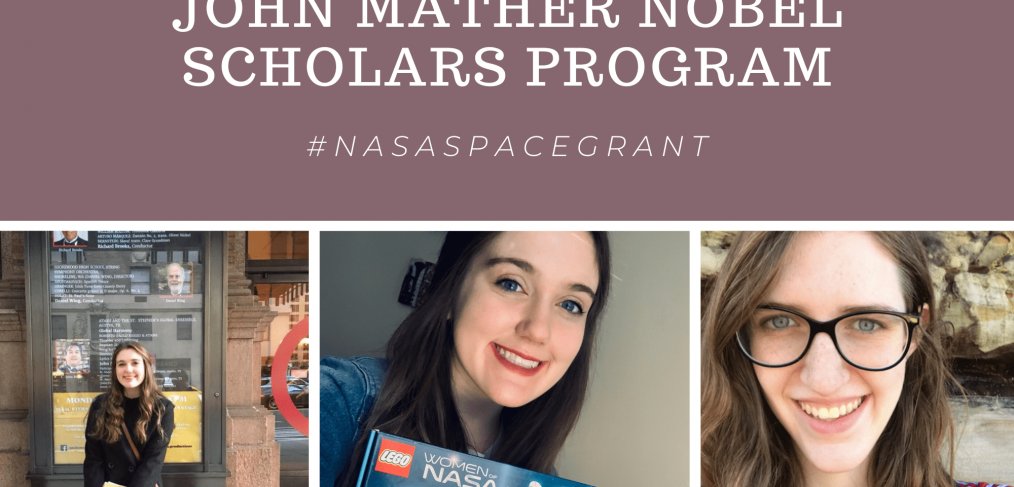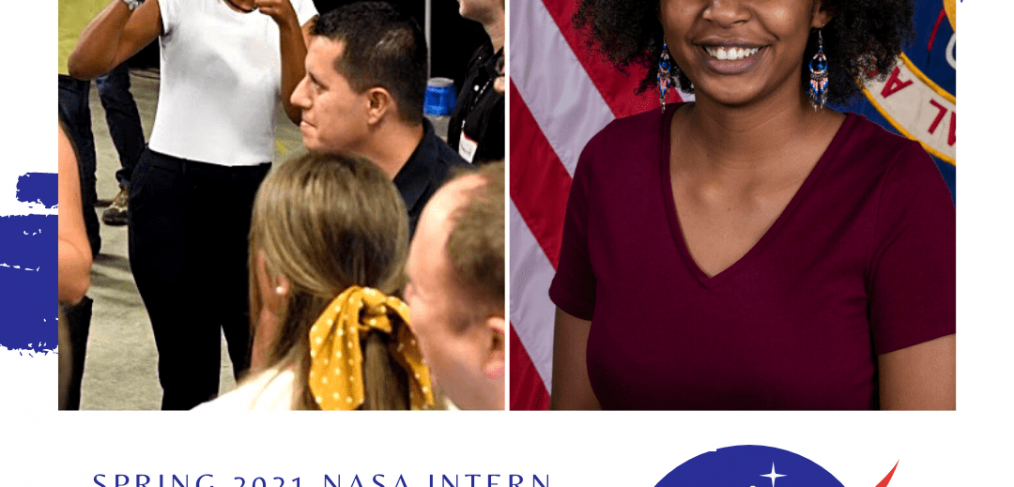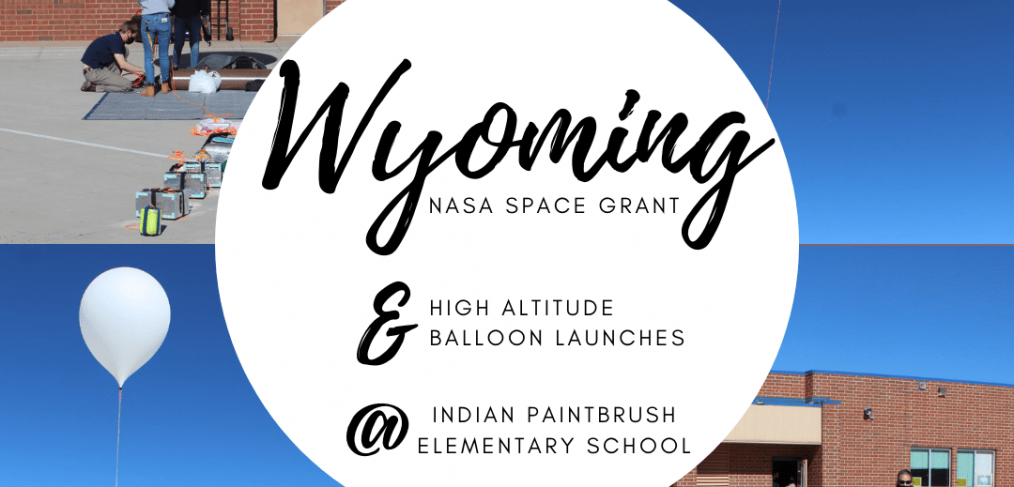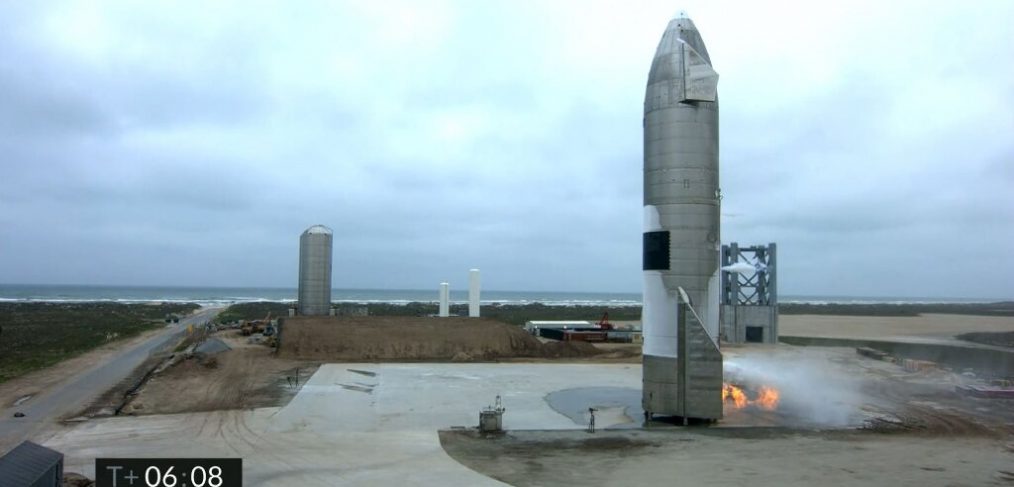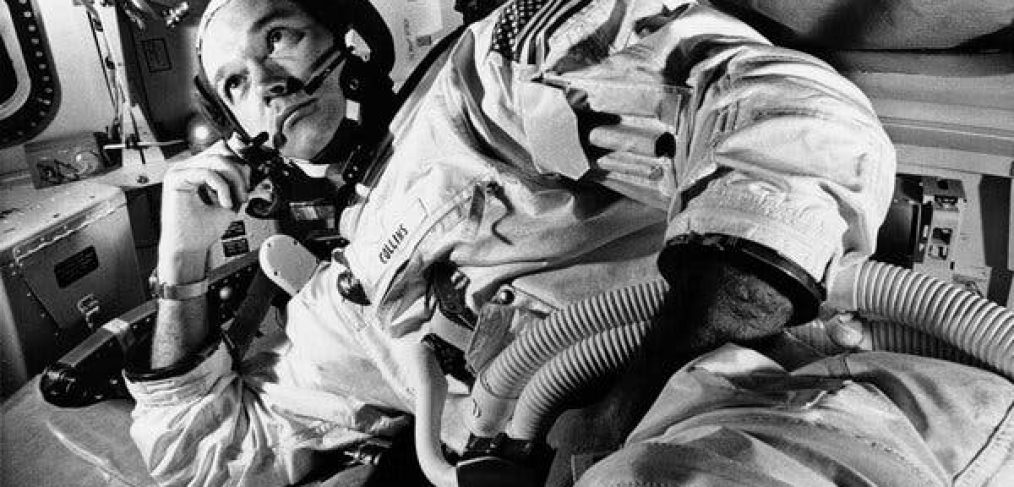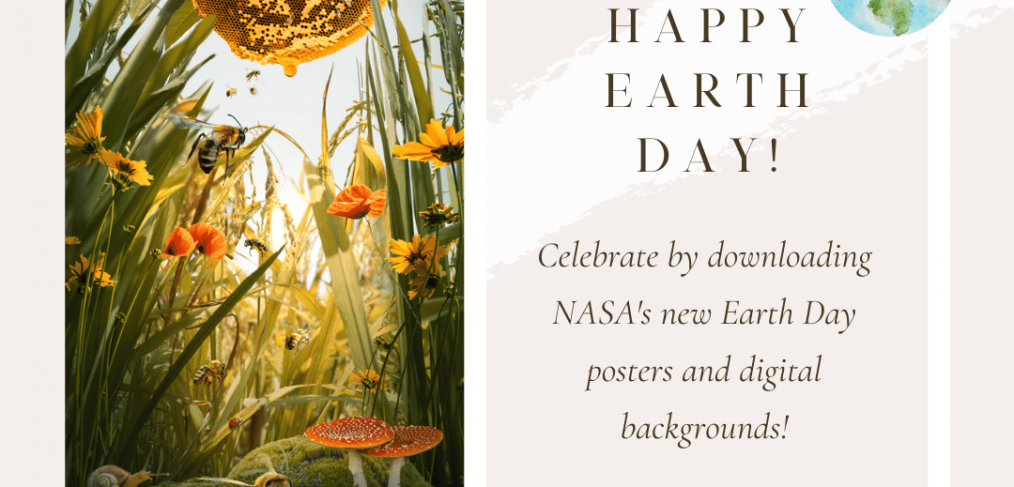Team Falcon, one of two rover teams competing from The University of Alabama in Huntsville (UAH), a part of the University of Alabama System, has won third place overall in the collegiate division at NASA’s Human Exploration Rover Challenge (HERC).
Team Falcon relied on light weight and simplicity when it redesigned a rover from a previous class for the pandemic altered competition. The rover weighed in under 150 pounds, extremely light compared to other rovers in the UAH fleet.
Read the full article on the UAH website.
Image Credit: UAH
Author: Jim Steele


